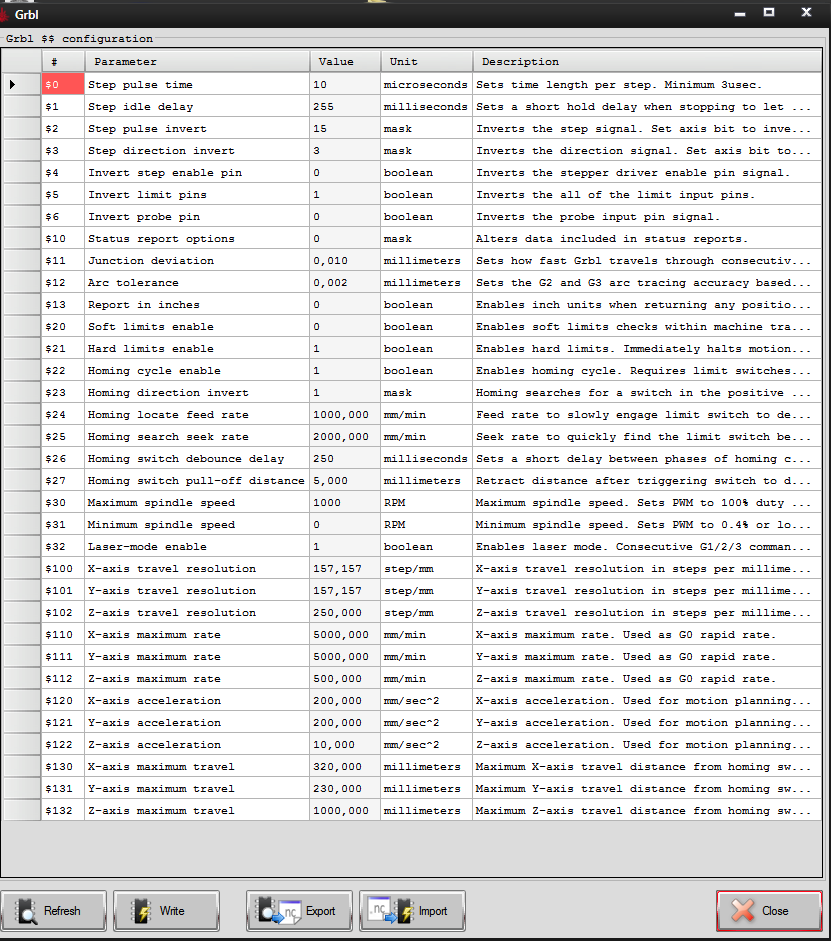

I’ve previously had great results with Gray scale, so what’s going on here? My hypothesis is that scaling down the picture size causes ‘artefacts’ – various interference in the image. The interesting thing is that Gray scale is very disappointing in comparison to the dither options.


The Jarvis dither pattern achieves more contrast and seems more realistic than the Newspaper dither pattern. Comparing the look of Dither vs Gray Scale A quick trial between dither and gray scale engraving Zoom in on Dither (Jarvis and Newspaper) vs Gray scale Gray scale is slower because the PWM generation is more complex for the controller. Dither settings were 3000mm/min, while gray scale used 1500mm/min. I selected birch aeroplane plywood as my material and LightBurn as the laser engraving software since it’s easy to set-up. according to Luap ed Toorgīut this technical explanation has something missing… which one is better and which is faster? When to use what? Let’s test them both out. So it seems like an analogue signal while dither is really creating dots per inch or mm via a fixed signal width on/off pulses (dots). The pulse width modulation ( pwm) signal used for gray scale engraving is seen by the laser power supply driver as an average input voltage level. I recently got a question on FaceBook asking me what the difference is between dither and pwm (he meant ‘gray scale’) engraving. While ‘Dither vs Gray scale’ sounds like a movie, it’s the question K40 laser engravers ask themselves every day.


 0 kommentar(er)
0 kommentar(er)
